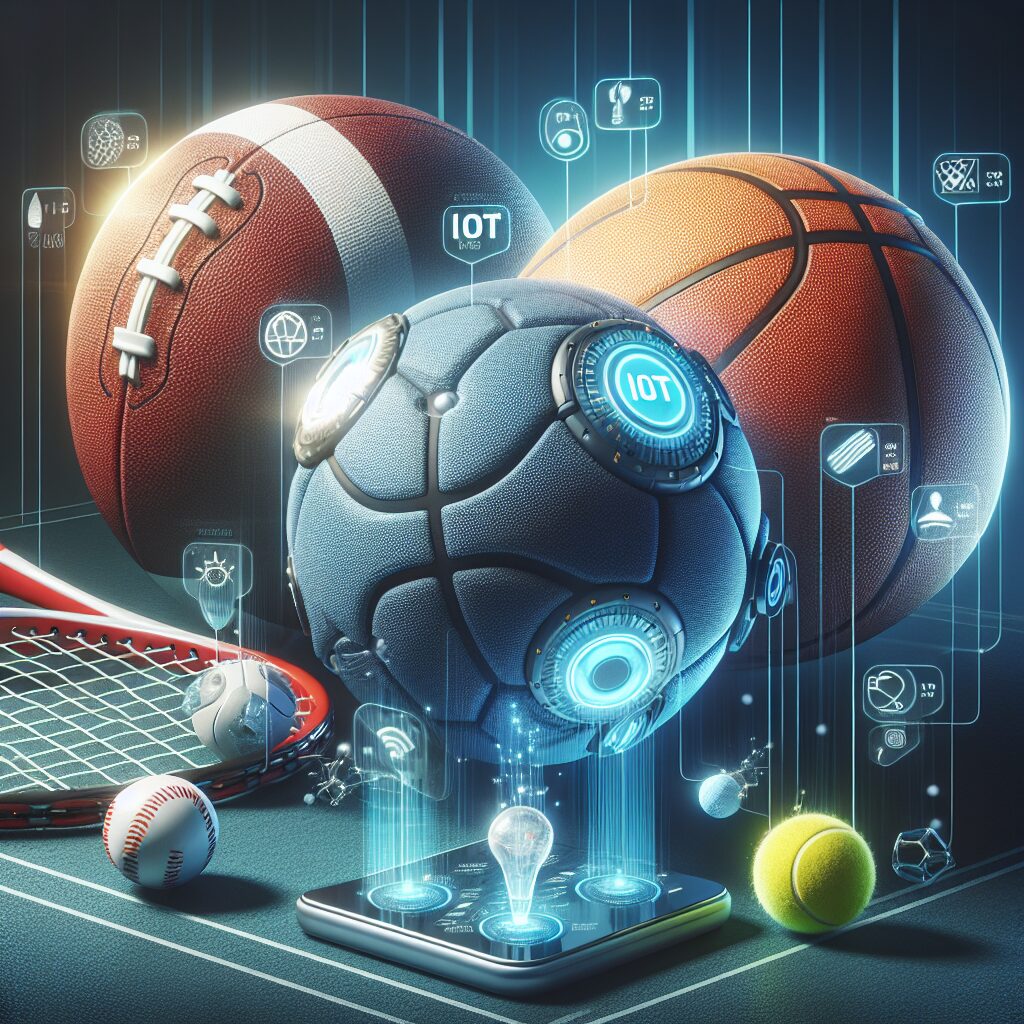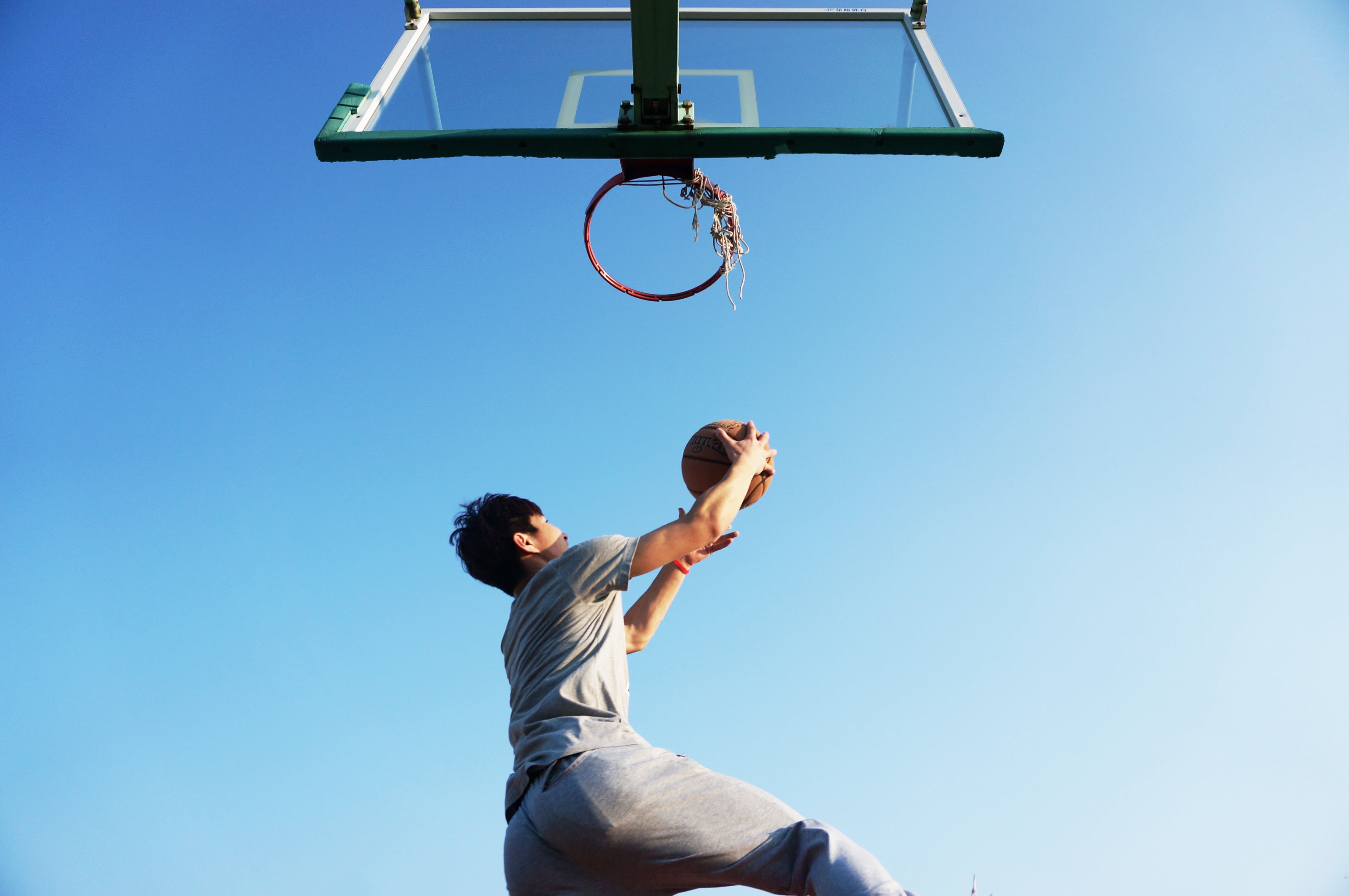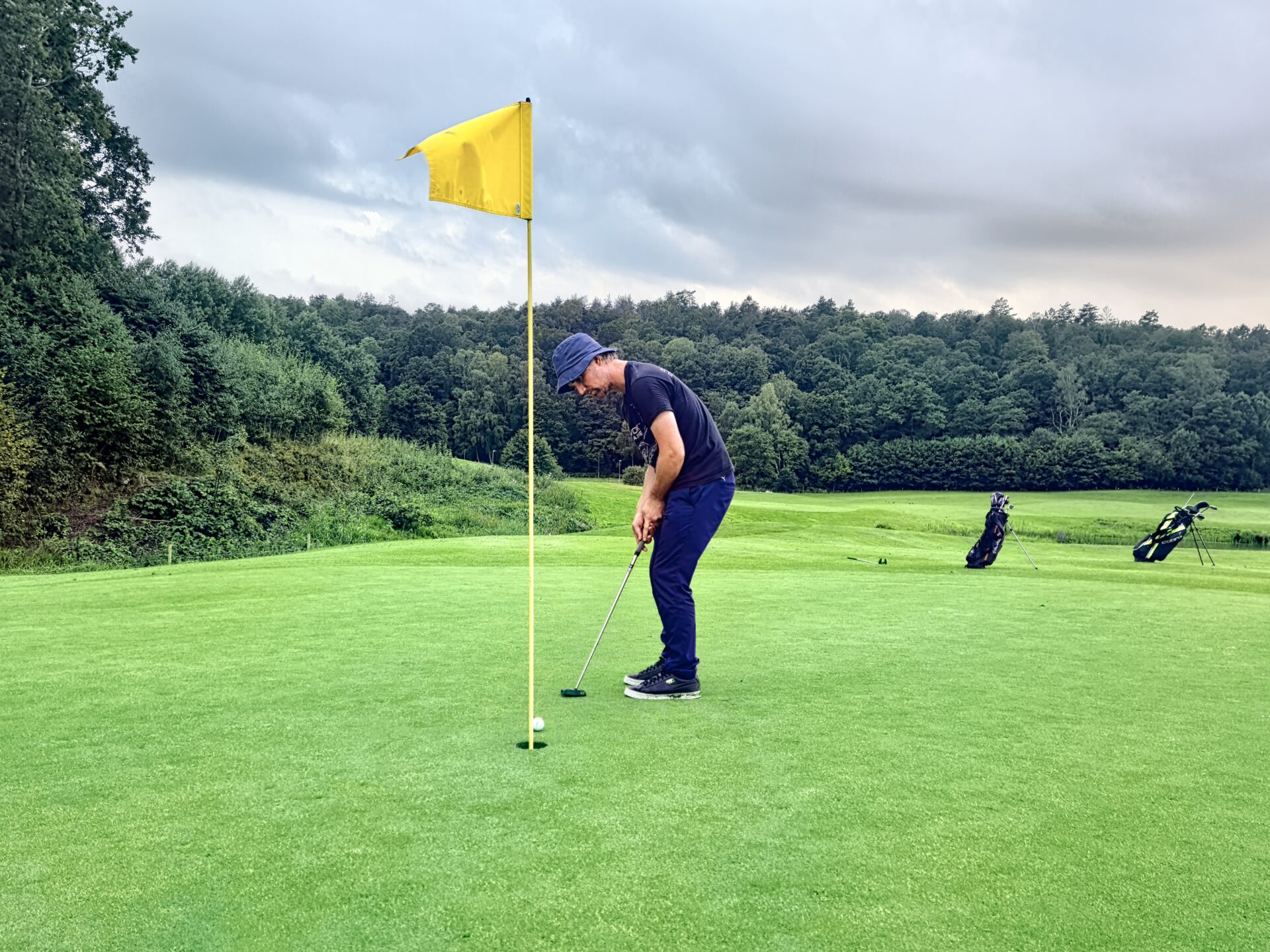The world of sports has witnessed tremendous advancements over the years, but none quite as revolutionary as the integration of Internet of Things (IoT) technology into sports balls. IoT in sports balls is a game-changer that takes the concept of smart devices to a whole new level. These technologically advanced balls are equipped with sensors and microchips that can track and analyze a wide range of data, revolutionizing the way sports are played and experienced.
Imagine a soccer ball that can measure its speed, spin, trajectory, and even detect if it has crossed the goal line or not. Or a basketball that can calculate the player’s shooting accuracy, analyze their shooting form, and provide instant feedback for improvement. With IoT technology embedded in sports balls, players and coaches can now access a wealth of real-time data and insights, leading to improved performance and strategic decision-making.
In the forthcoming sections of this article, we will delve deeper into the key takeaways of IoT in sports balls. We will explore how this technology is transforming various sports, the benefits it offers to players, and the potential challenges that may arise. So sit tight and get ready to discover the exciting ways in which IoT is revolutionizing the world of sports.
Key Takeaways
1. IoT technology in sports balls is transforming the way games are played, adding an exciting new dimension to traditional sports. By embedding sensors and connectivity features into balls, players and coaches can now collect real-time data on performance, providing useful insights for training and improving overall game performance.
2. The integration of IoT into sports balls enables players to gain a better understanding of their strengths and weaknesses, allowing them to make data-driven decisions in real-time. For example, sensors in a basketball can track shooting accuracy, shot arc, and provide instant feedback to help players adjust their technique and improve shooting skills.
3. Coaches are now able to gather more objective data during training sessions and games using IoT-enabled sports balls. By monitoring factors such as passing accuracy, ball trajectory, and player movement patterns, coaches can analyze team performance more comprehensively and make strategic adjustments to improve overall gameplay.
4. IoT-enabled sports balls are not limited to professional sports, but also find applications in youth sports and amateur leagues. By providing access to advanced performance tracking and analysis, IoT technology has the potential to level the playing field and enhance the development of aspiring athletes at all levels.
5. The data collected by IoT-enabled sports balls can be used beyond individual and team performance analysis. This data can also be leveraged by broadcasters and sports analysts to enhance the viewing experience for spectators. Real-time statistics and visualizations can provide deeper insights into the game, enabling fans to engage on a more interactive and informed level.
How Does IoT in Sports Balls Revolutionize Play?
Sensor Technology in Sports Balls
One of the key elements of IoT in sports balls is the integration of sensor technology. These advanced sensors are embedded within the balls, enabling them to collect various data points during gameplay. By capturing metrics like velocity, spin rate, and trajectory, players, coaches, and analysts can gain valuable insights into performance.
Real-time Data Analysis
IoT in sports balls provides real-time data analysis, allowing players and coaches to make immediate adjustments during games or practices. This technology revolutionizes play by offering instant feedback on vital parameters such as ball speed, angle, and impact force. With this information readily available, athletes can optimize their technique and improve their overall performance.
Enhancing Training and Skill Development
The integration of IoT in sports balls brings new opportunities for training and skill development. By analyzing the collected data, coaches and trainers can identify areas of improvement for individual players. They can then design personalized training programs and drills to target specific weaknesses, resulting in accelerated skill development.
Capturing Performance Metrics
IoT in sports balls enables the capture of detailed performance metrics that were previously impossible to measure accurately. This technology provides data on factors like the ball’s rotation, impact location, and even the player’s ball-handling techniques. Such insight can help identify strengths, weaknesses, and patterns in players’ performance, leading to better strategic decision-making.
Improving Injury Prevention
Another significant aspect of IoT in sports balls is its potential in injury prevention. The data collected by the sensors can help identify potential risks and factors leading to injuries. By analyzing information such as impact forces or repetitive actions, trainers and medical staff can intervene, implement preventive measures, and minimize the risk of injuries during play.
Interactive Gaming Experience
IoT in sports balls opens up a whole new dimension in the gaming experience. By integrating this technology into interactive sports video games, players can experience more realistic and immersive gameplay. The data collected by the sensors in real-world sports balls can be used to control in-game actions, increasing the enjoyment and accuracy of virtual sports simulations.
Tips and Considerations for Implementing IoT in Sports Balls
- Ensure the sensors are securely embedded within the ball without affecting gameplay or durability.
- Implement a reliable and robust data transmission system to ensure seamless communication between the sensors and external devices.
- Consider the power source and battery life of the IoT balls to ensure they last throughout extended gameplay sessions.
- Develop user-friendly interfaces and applications that allow easy access and interpretation of the collected data.
- Keep privacy and data security in mind when collecting and transmitting sensitive player information.
- Regularly update and improve the sensor technology to stay at the forefront of innovation and maintain accuracy.
- Train players, coaches, and staff on how to effectively utilize the data provided by IoT sports balls for maximum benefit.
FAQs
1. What is IoT in sports balls?
IoT in sports balls refers to the integration of Internet of Things (IoT) technology into sports balls, enabling them to collect and transmit data. This data can be utilized to track performance, analyze player metrics, and enhance training and gameplay.
2. How does IoT technology benefit sports balls?
IoT technology revolutionizes sports balls by providing real-time data on various parameters such as speed, acceleration, spin, and trajectory. This data can be invaluable for coaches and players in understanding their performance, identifying areas for improvement, and making data-driven decisions.
3. Can IoT sports balls reduce injuries?
Absolutely! IoT sports balls can help detect patterns or abnormalities in player movements or ball behavior that may indicate potential injury risks. By providing early warnings and insights, these smart balls enable athletes to take preventive measures and avoid serious injuries.
4. Are IoT sports balls only for professional athletes?
No, IoT sports balls can be useful for athletes of all levels, from beginners to professionals. By offering data-driven insights and feedback, these smart balls can help athletes at any stage of their sporting journey to improve their skills and achieve their goals.
5. How accurate is the data collected by IoT sports balls?
The accuracy of the data collected by IoT sports balls depends on the specific technology and sensors used. However, advancements in IoT have led to highly accurate and reliable data collection, providing athletes with precise insights into their performance and game metrics.
6. Are IoT sports balls durable and waterproof?
Yes, most IoT sports balls are designed to be durable and able to withstand the rigors of gameplay. Additionally, they are often waterproof or water-resistant, ensuring they can be used in various weather conditions without compromising their functionality.
7. How can IoT sports balls enhance training?
IoT sports balls can enhance training by offering real-time feedback and insights. Coaches can use the collected data to identify strengths and weaknesses, create personalized training plans, and monitor progress. Players can also track their performance over time, set goals, and work towards continuous improvement.
8. Do IoT sports balls require special equipment or accessories?
No, IoT sports balls generally do not require any additional special equipment or accessories. They are designed to function like traditional sports balls, incorporating the IoT technology seamlessly into their structure without impeding gameplay.
9. Is it possible to connect IoT sports balls to other devices?
Yes, many IoT sports balls can be connected wirelessly to smartphones, tablets, or other devices through dedicated apps. This allows athletes and coaches to easily access and analyze the collected data, share it with others, and further enhance their training or gameplay strategies.
10. Are IoT sports balls widely available in the market?
While IoT sports balls may not be as prevalent as traditional sports balls, they are becoming increasingly popular. Several brands and companies now offer a range of IoT-enabled sports balls for different sports, making them more accessible to athletes and sports enthusiasts.
Final Thoughts
The integration of IoT technology into sports balls has undoubtedly revolutionized the way we play and train. With real-time data, personalized feedback, and valuable insights at athletes’ fingertips, the potential for improvement and growth is immense. Whether you’re a professional athlete striving for peak performance or a recreational player looking to enhance your skills, IoT in sports balls opens up a whole new world of possibilities.
As technology continues to evolve, we can expect even more exciting advancements in IoT sports balls. The ability to seamlessly connect with other devices, the integration of artificial intelligence, and the refinement of data analytics algorithms will further enhance the accuracy, usability, and overall impact of these smart balls. Embracing the IoT revolution in sports balls can truly elevate the playing experience for athletes across the globe.




